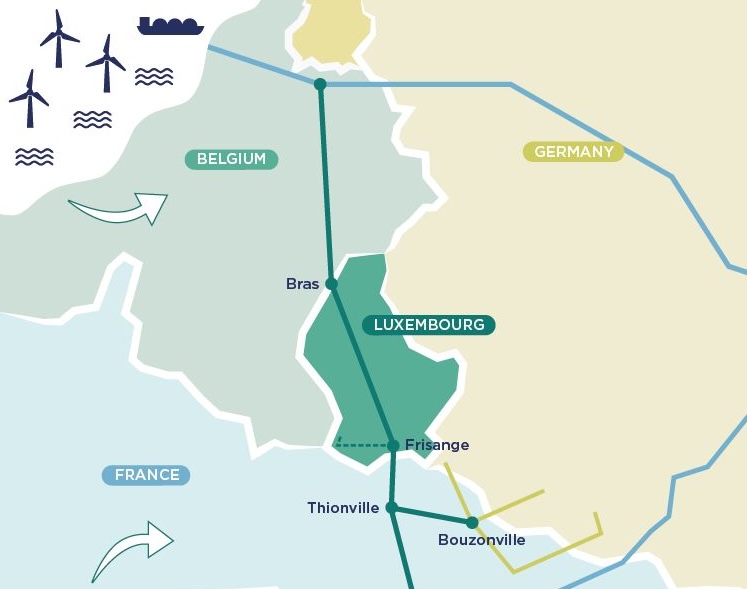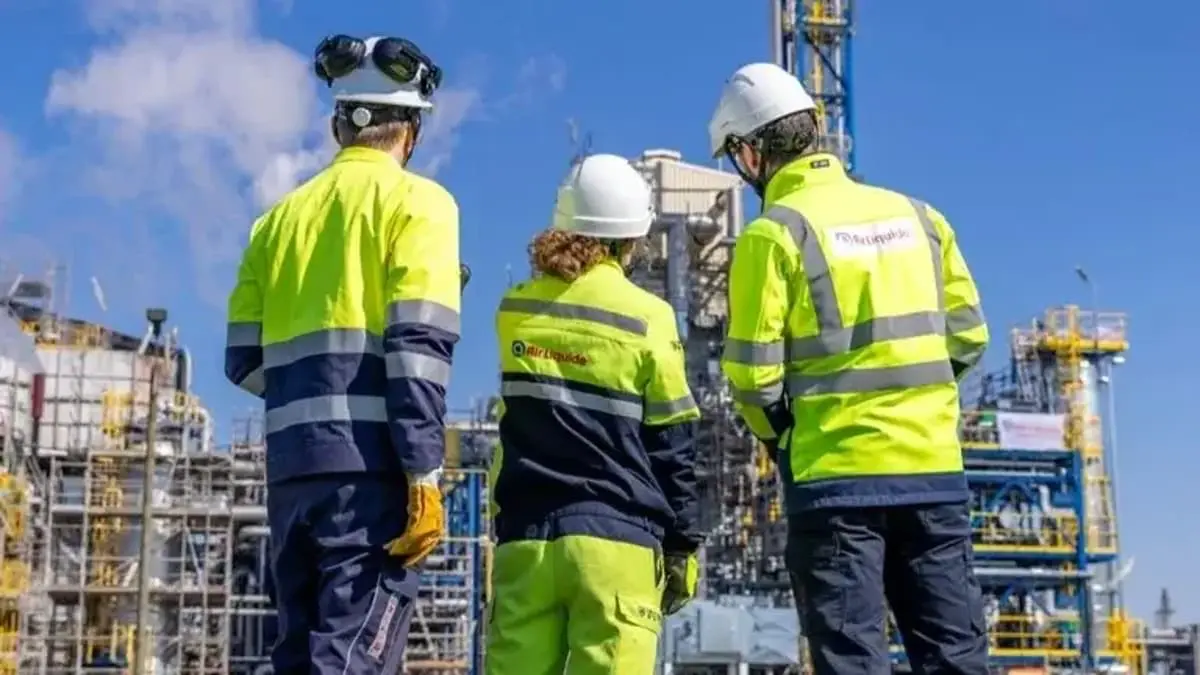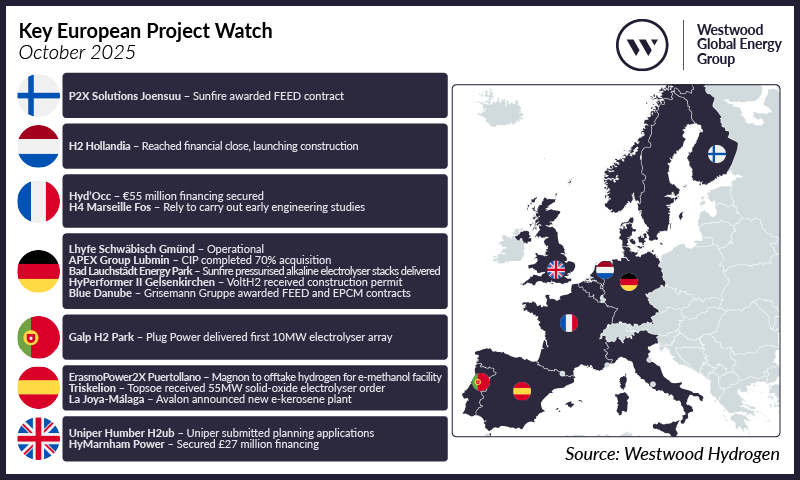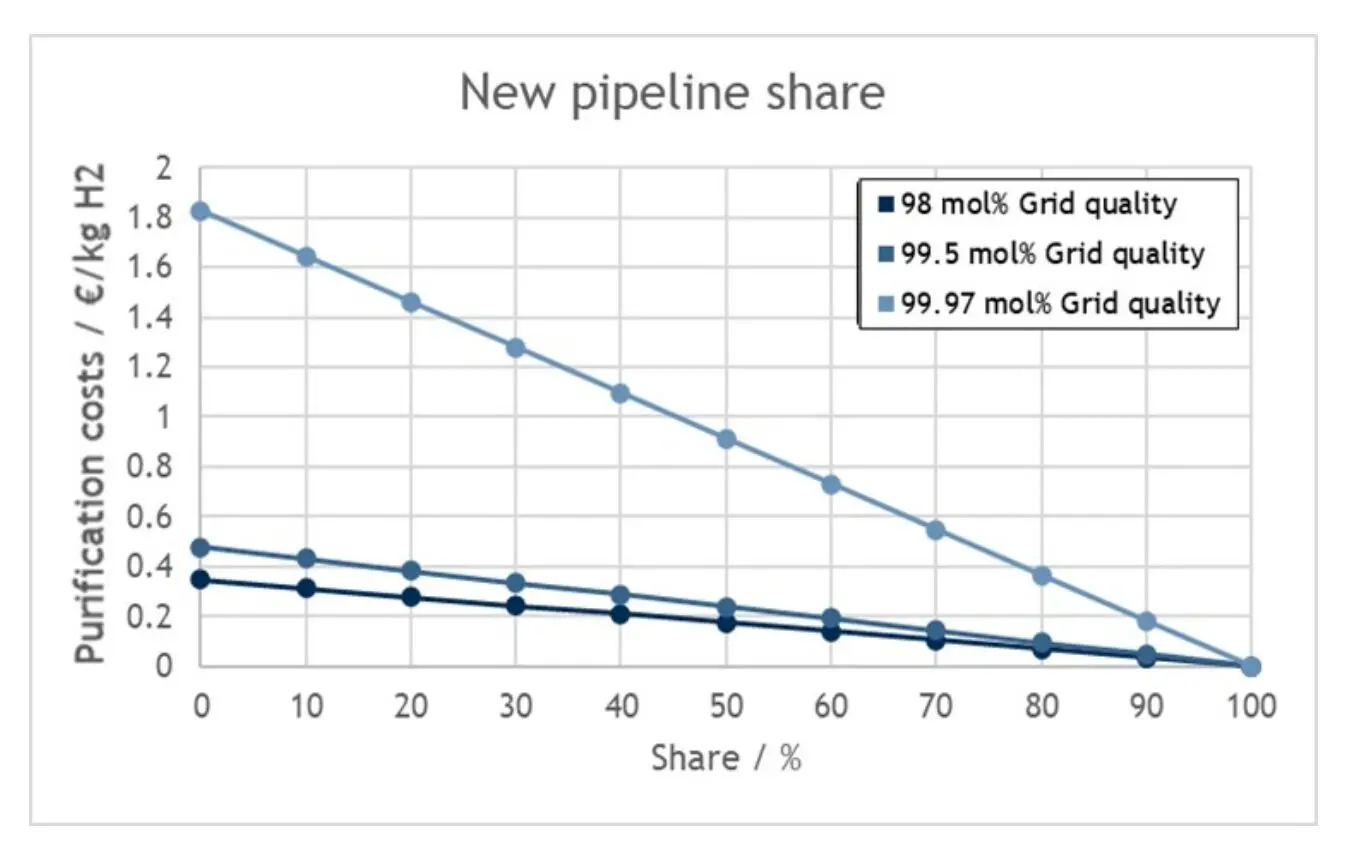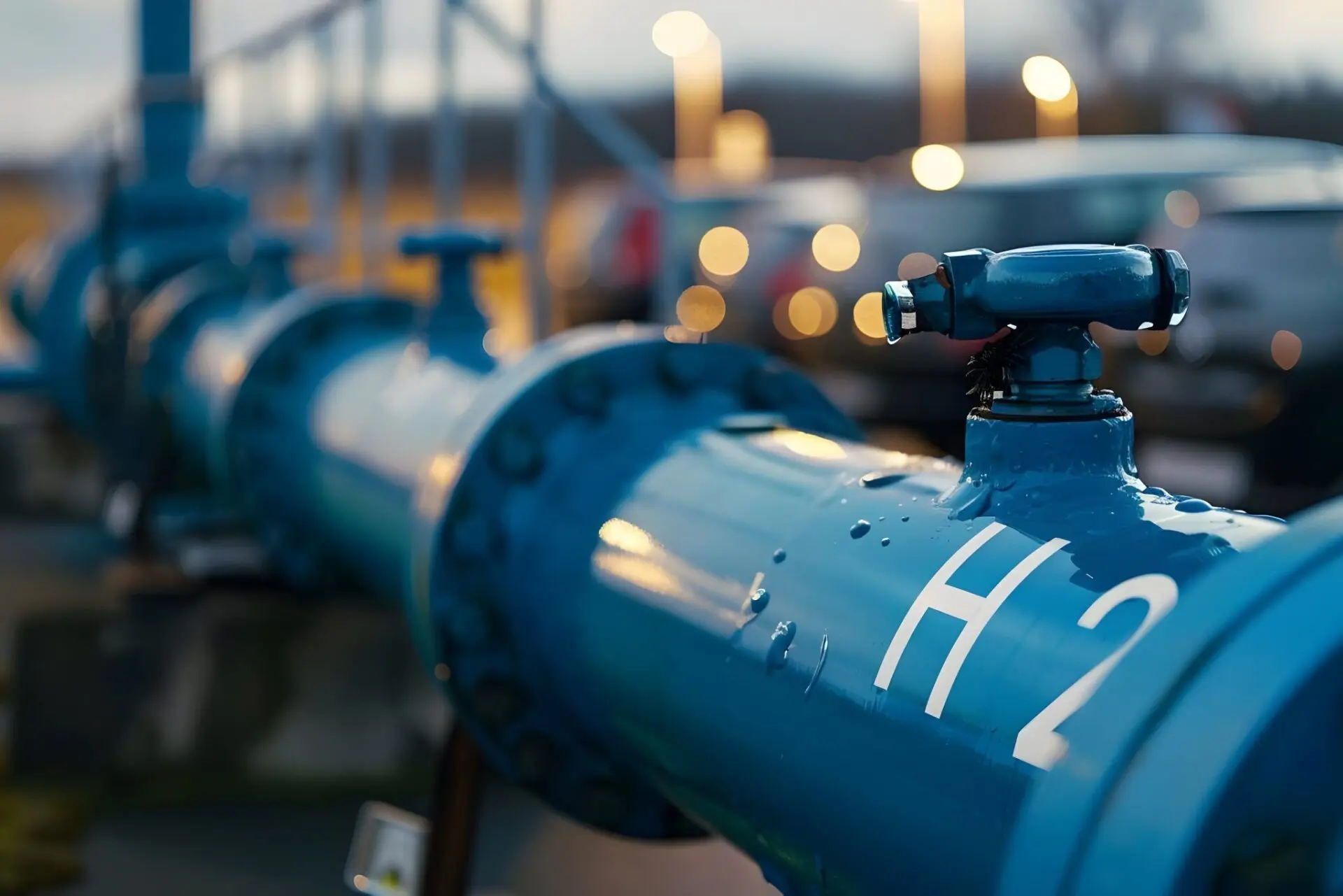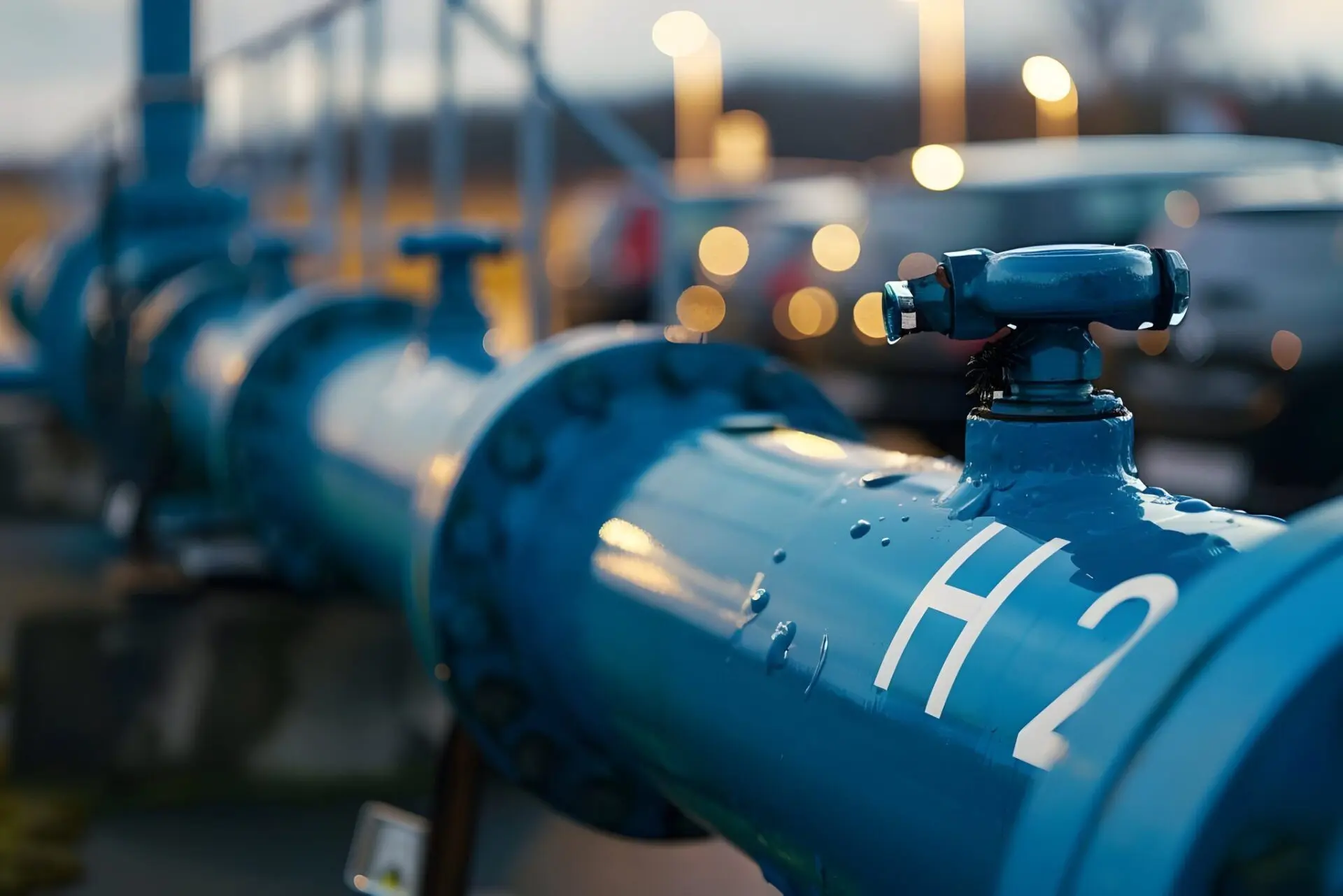
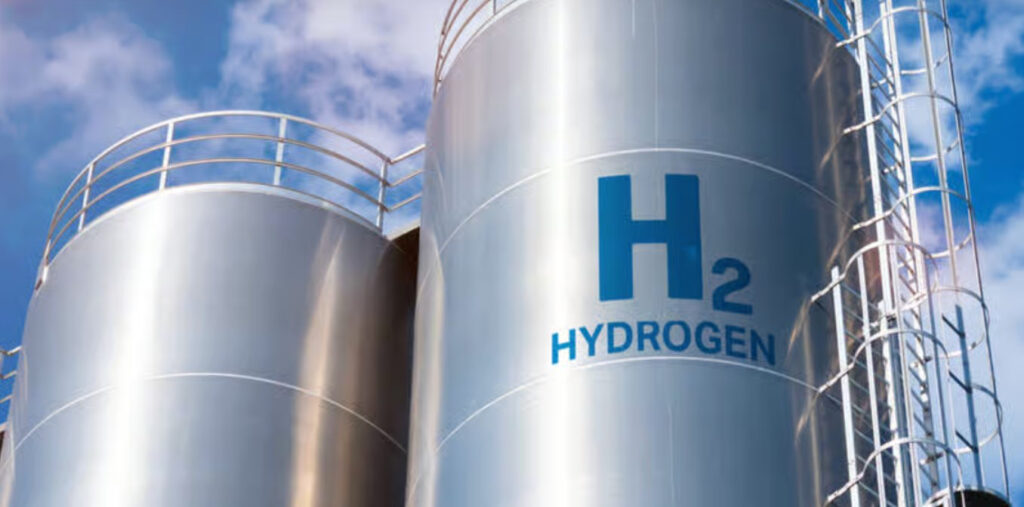
Last week saw the release of the IEA’s latest Northwest European Hydrogen Monitor in Rotterdam. The following five key takeaways are provided by the IEA’s Greg Molnar:
(1) Costs remain high: renewable hydrogen cost around €240/MWh in 2024 – the last time we had such prices for natural gas, we had to shut down half of the European industry;
(2) Ambition gap: planned projects could produce almost 8 MT of low-emissions hydrogen by 2030, however more than 90% of these projects are either conceptual or undergoing feasibility studies;

(3) Commitment issues: lack of offtake agreements is a key reason why project developers are not moving ahead with FIDs, while some decided to cancel their planned hydrogen projects;
(4) Pipeline dreams: based on project announcements, the northwest European hydrogen network could stretch at near 13000 km by 2030. there are two issues with that: only 6% reached FID and it takes around 6 years to build a new hydrogen pipeline;
(5) Complexity of reality: patchy regulatory frameworks, a labyrinth of subsidy schemes, complex logistical chains and unforeseen technological hurdles are contributing to project delays, making timelines now more lengthy than previously expected…
The technology is of course fascinating and the Hydrogen Summit brought to Rotterdam all the key tech providers from all around the world.
But as we approach 2030, there is a need to for an honest dialogue on low-emissions hydrogen and its potential contribution to Europe’s evolving energy system and decarbonisation efforts.
What is your view? What is the future for hydrogen? How can we overcome challenges? What role for hydrogen? Could it become a fully-fletched energy carrier?
Source: Greg Molnar

